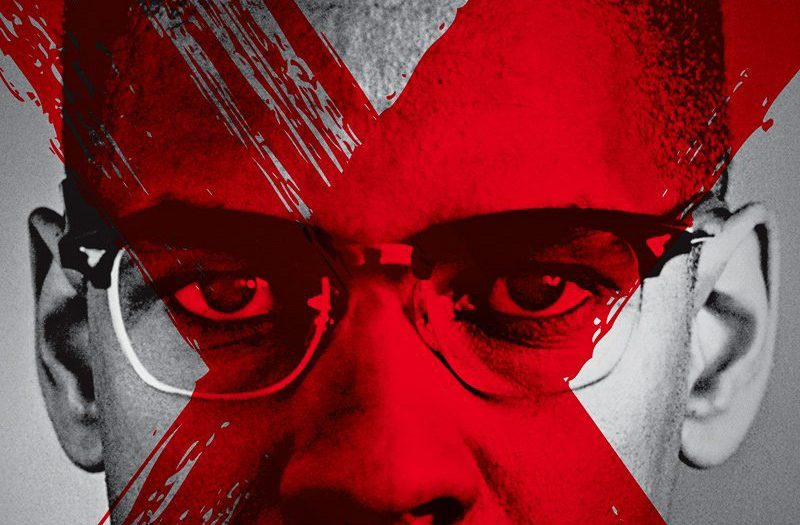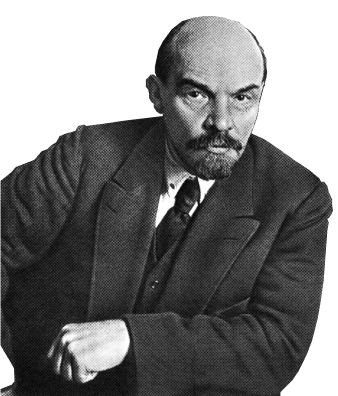
On May 19th, prominent revolutionary Malcolm X would have turned 100 years old. Often misunderstood as a radical threat advocating racial separatism, Malcolm was, in truth, one of the most influential figures of the civil rights movement—an uncompromising voice for Black liberation.
Spike Lee captures this complex legacy in his 1992 epic Malcolm X. Rather than making the sanitized biopic Warner Brothers envisioned, Lee crafted a deeply personal portrayal. In interviews, Lee admitted that condensing a life as vast as Malcolm’s into just over 3 hours and 21 minutes was impossible, but the goal was to help audiences understand why he became the person he did. The film is meant as a starting point for deeper historical investigation.
Based on The Autobiography of Malcolm X, the film takes us through his journey: from his childhood in Omaha, to the assassination of his father at the hands of the Black Legion; from his days hustling in Harlem and resorting to crime, to his incarceration for seven years—where he became a disciple of the Nation of Islam. We see his rise to become one of the most influential figures in the organization, preaching against the oppression of Black people. He spoke uncompromisingly against the oppression of Black Americans, which brought him national attention—and surveillance by the FBI’s COINTELPRO program, which sought to suppress both communism and civil rights activism.
Malcolm X was not a socialist—labeling him as such would be inaccurate—but his political vision gradually evolved toward a class-based analysis. His eventual conflict with the Nation of Islam stemmed from its ideological constraints, which prevented the advancement of the broader Black liberation struggle. At one point, he was censured for implying that JFK’s assassination was a consequence of white America’s own violence. Over time, his perspective matured, shedding the initial sectarianism. Religion took a backseat. After traveling through Africa and the Middle East, Malcolm broadened his vision to include any group committed to ending Black oppression.
Lee said that he and his team aimed to show Malcolm as “five or six different people” throughout the film. “I believe that his search for truth made him change over and over again, and it would be an injustice to his life to take any shortcuts in our film.” This evolution is mirrored visually. The soft colors, diffused lighting, and playful pace during his youth symbolize the Harlem Renaissance—a cultural revival of African American art. The film opens with a crane shot sweeping across a street filled with hundreds of extras. As Malcolm grows into a militant political figure, the editing pace quickens, the shots tighten, the lights sharpen and the environments become more claustrophobic. Gunshots punctuate transitions; past and present are cross-cut mirroring each other. In his final days, knowing the risks he faced, space and sound are rendered slow and distorted. According to production designer Wynn Thomas, the film’s color palette transitions “from rich warm shades to monochromatic cool shades to earth tones—browns, greens, and natural tones—that reflect controlled realism.” This tonal metamorphosis serves as a meta-commentary, paralleling the shift from the romanticism of Hollywood’s Golden Age to the gritty, anti-capitalist ethos of the American New Wave.
Given the magnetism and controversy surrounding Malcolm X, and the turbulent period that forged him, this film couldn’t be anything but an epic. The production spanned four decades of American history and was filmed across three continents—ultimately pushing the film over budget. Lee had to seek outside funding, turning to Hollywood’s Black elite: figures like Bill Cosby, Oprah Winfrey, and Prince. He convinced them with his passion to tell the story of a figure who, despite the film’s anti-capitalist undertones, had inspired not just Americans, but people around the world. Malcolm X became the first non-documentary allowed to film in Mecca—only because it was about him. The film concludes with a masterful montage, footage of real-world liberation movements like those led by the Black Panther Party and the African National Congress, and calls viewers to join the ongoing struggle.
Malcolm X’s political evolution remains urgently relevant. He was fallible but unafraid to change as conditions required. He embodied the spirit of resistance, critical thinking, and relentless pursuit of truth that all revolutionaries must embrace. The system that killed Malcolm still exists. So the fight isn’t over. His story isn’t nostalgia—it’s a call to action. We must organize to end the oppression of all marginalized groups created by this rotten system.
By any means necessary.
– Jose Figueroa

